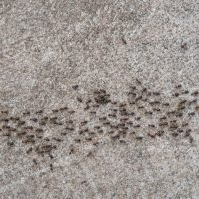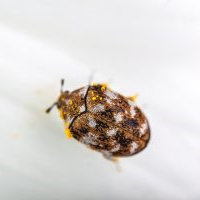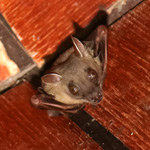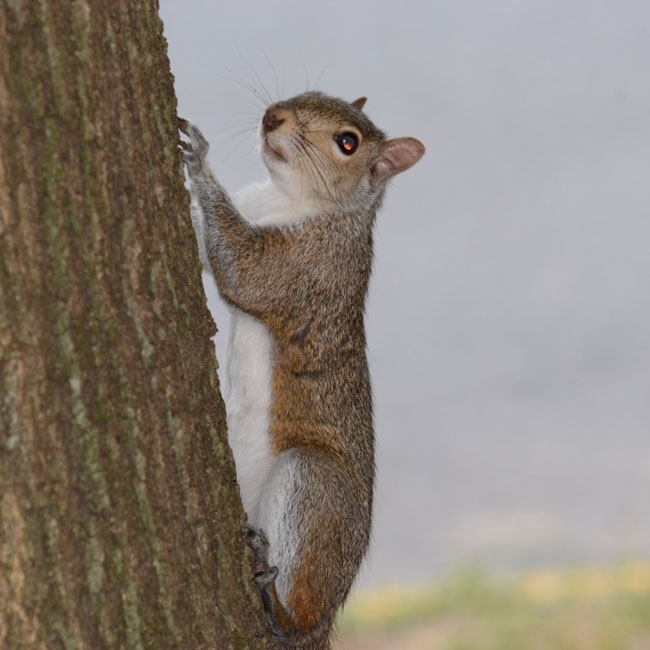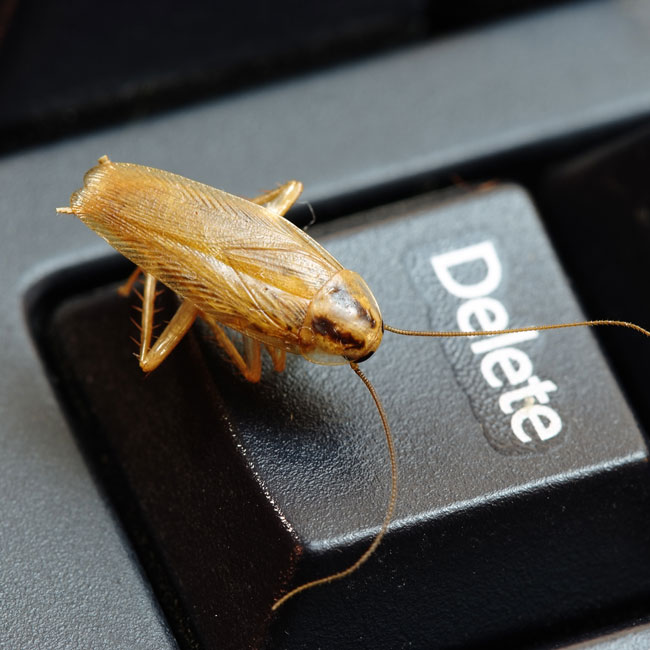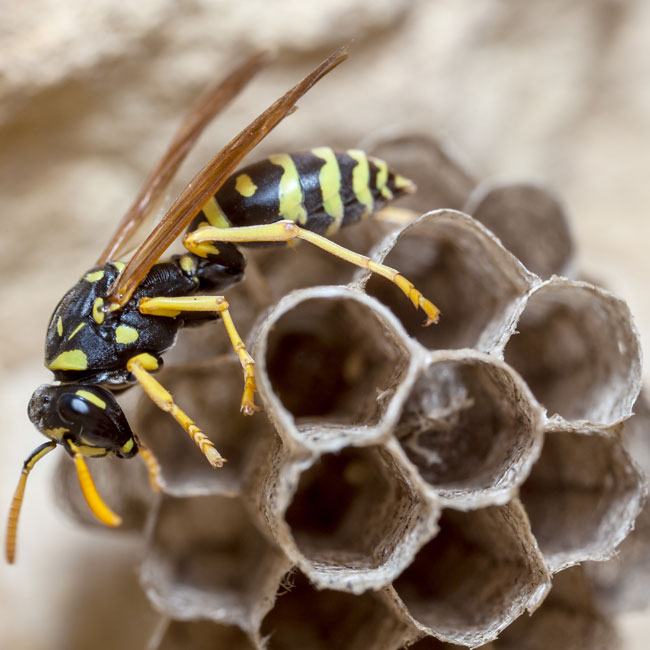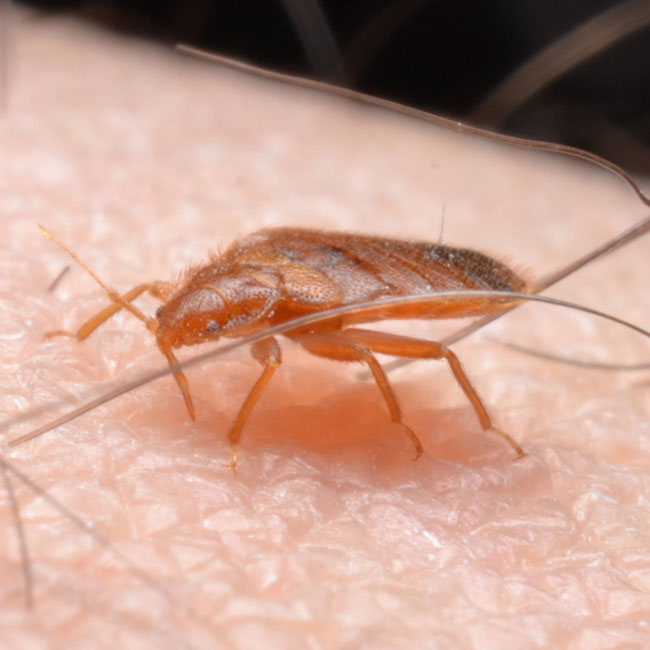Getting Rid Of Ants: How To Eliminate Ants In Your Home
There are lots of pesky bugs out there. Depending on the time of year, you might be dealing with mosquitoes, termites, roaches, or any number of other insects. But of all the bugs that can show up in your home, ants have to be one of the most frustrating to deal with.
The reason is simple. While you might be able to see a line of ants crawling across your counter or through your cupboard, determining where they’ve built their nest and how extensive their colony is can be a real challenge.
Why Are Ants Attracted To Your Home?
There could be any number of reasons why ants might enter your home. More often than not, though, they’re simply out in search of food.
Depending on the species of ant in question, their preferred food source will differ. Some ants are attracted to protein-rich sources of food, while others will find their way into your honey jar or bag of sugar. Either way, it’s common for ants to enter your kitchen and locate food somewhere in your drawers or cupboards.
Once one of the worker ants finds a food source, they return to the colony to inform the other ants. Along the way, they leave a trail of pheromones to mark the path back to the food. This makes it easy for other workers to make trips to and from the food source. Before you know it, you can end up with a massive number of ants coming in and out of your home. And, in some cases, the ants may build a nest somewhere inside your walls, attic, or basement.
DIY Ant Control?
Now that you know why you have ants, you’re likely wondering how to get rid of them. If you want to take the natural approach, there are a number of options available to you.
One way to control ants naturally is to disrupt the pheromone trail that marks the path to and from their food source. This can be done by wiping up the area around the food with citrus, essential oils, and/or vinegar. Sprinkling coffee grounds along their trail can have the same effect.
If the ants have set up a nest inside your home, though, simply disrupting their scent trail is unlikely to get rid of them. Instead, you’ll need to turn to ant traps and baits in order to eliminate the colony.
Ant Traps and Baits
When we hear the phrase “ant trap,” we tend to think of something that actually traps ants inside and prevents them from escaping. However, this isn’t how baits and traps actually work. Instead, ant traps are filled with an insecticide-laden food source and a strong ant attractant. Worker ants take this poisonous food back to the colony, where it’s distributed to workers, larvae, and the queen. In the best case scenario, the entire colony is eliminated.
Unfortunately, ant traps don’t always work. For one thing, placement is important. If the traps aren’t placed in the right spots, the ants in your home won’t find them. In addition, different types of ants are attracted to different kinds of food sources. If you use the wrong trap for the species of ant that you’re dealing with, it’s unlikely to even attract them in the first place. Meanwhile, trying to determine what kind of ants are in your home and which corresponding traps to buy can be a challenge.
Professional Ant Control
While natural ant control, ant traps, and ant baits are all viable options in certain cases, they don’t always work. If you’re wondering how to get rid of ants, the answer is simple: contact an ant control professional. Here at Safetech Pest Control, we have the knowledge and experience necessary to eliminate your ant problem quickly and efficiently. Plus, you can rest assured that our safe, environmentally-friendly methods won’t pose any danger to your family or pets. Ready to get rid of ants right away? Contact Safetech Pest Control today.

